
Why it's Needed
There are 66,000 children and young people with disabilities living within an hour of Bristol. 77% of them cannot access regular leisure facilities, so can’t play, exercise or socialise in the same ways as their peers. {1}
Our world class facility, which will be the first of its kind in the UK, will bring everything under one roof for children and young people with disabilities and their families.
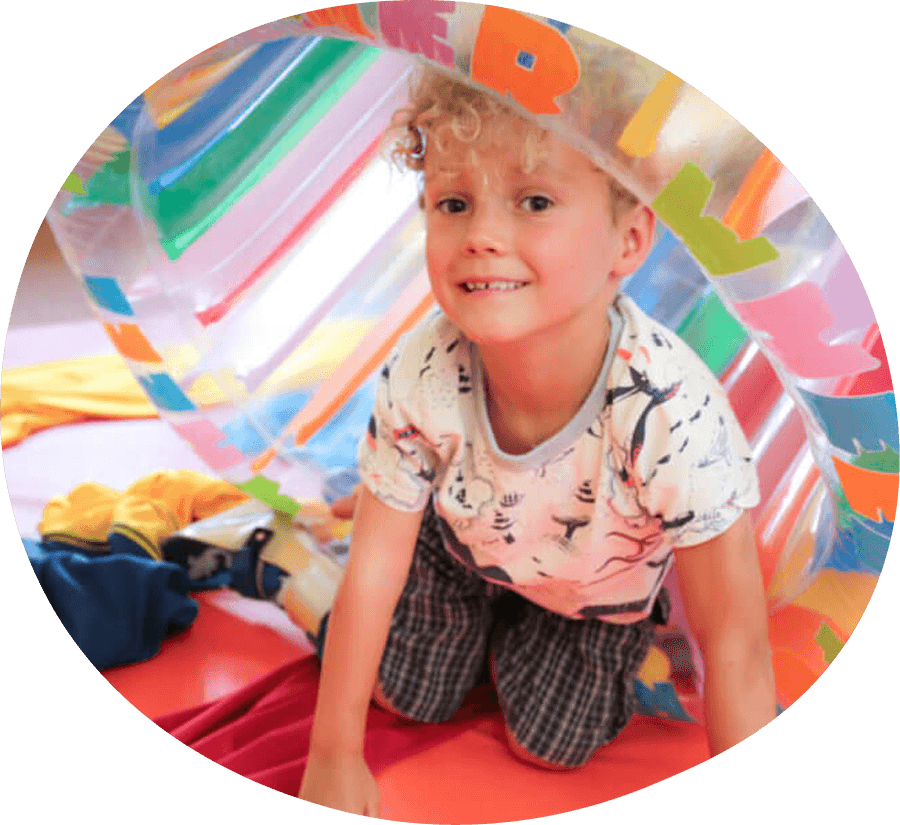
Our plan has always been to build for better and create a home for Gympanzees.
We have had fantastic feedback from our services to date, but families crucially deserve more than temporary Pop Ups and remote support; they need a place they can trust and rely upon all year round that is welcoming, safe, fun and supports all of their health and well-being needs.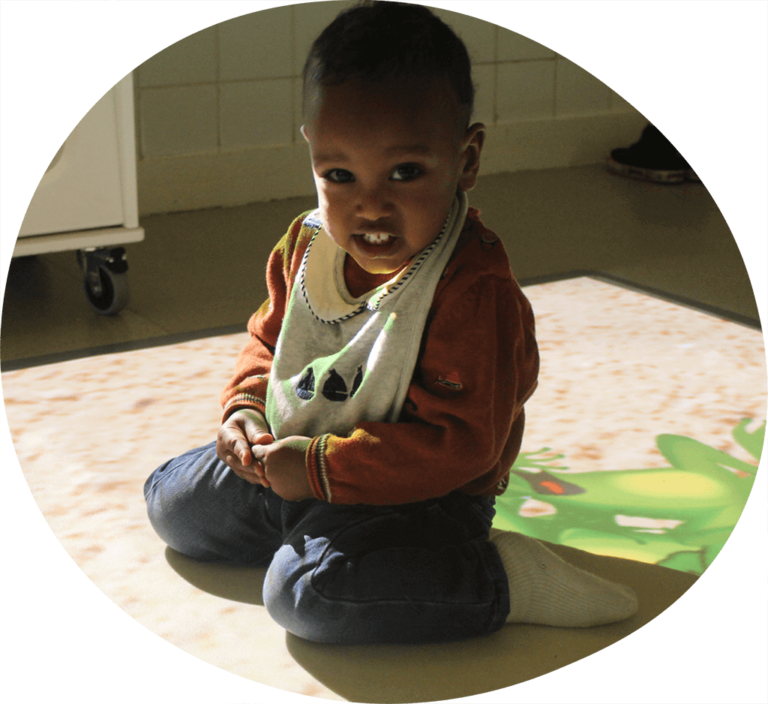
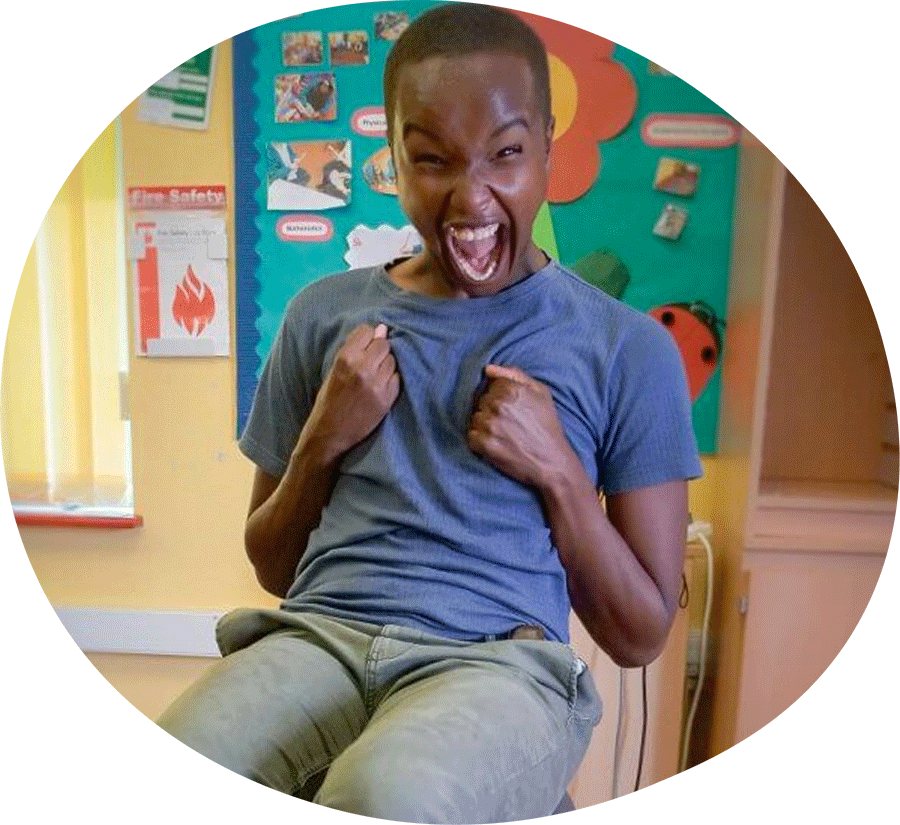
Putting an End to Isolation
65% of families with disabled children report feeling isolated frequently or all of the time. {2}
72% of parents with a disabled child suffer mental health issues as a result of isolation. {2}
Almost 9 out of 10 parents reported some level of anxiety. {3}
Disabled children are twice as likely to be lonely compared to their non-disabled peers (72% vs 36%). They are more likely to feel they have no one to talk to, feel left out, and to feel alone. {4}
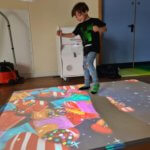
Every child is ABLE
Children living with a disability want more understanding and acceptance, more choice of activities, more motivation and encouragement. {5}
One third of disabled children take part in less than 30 minutes of sport and physical activity per day. {4}
Improving Mental Health
Exercise improves the psychological well-being of people with learning difficulties such as reduced anxiety, {6} increased self-esteem and improved mood. {7} There is an association between higher reported levels of physical activity and increased quality of life. {8}
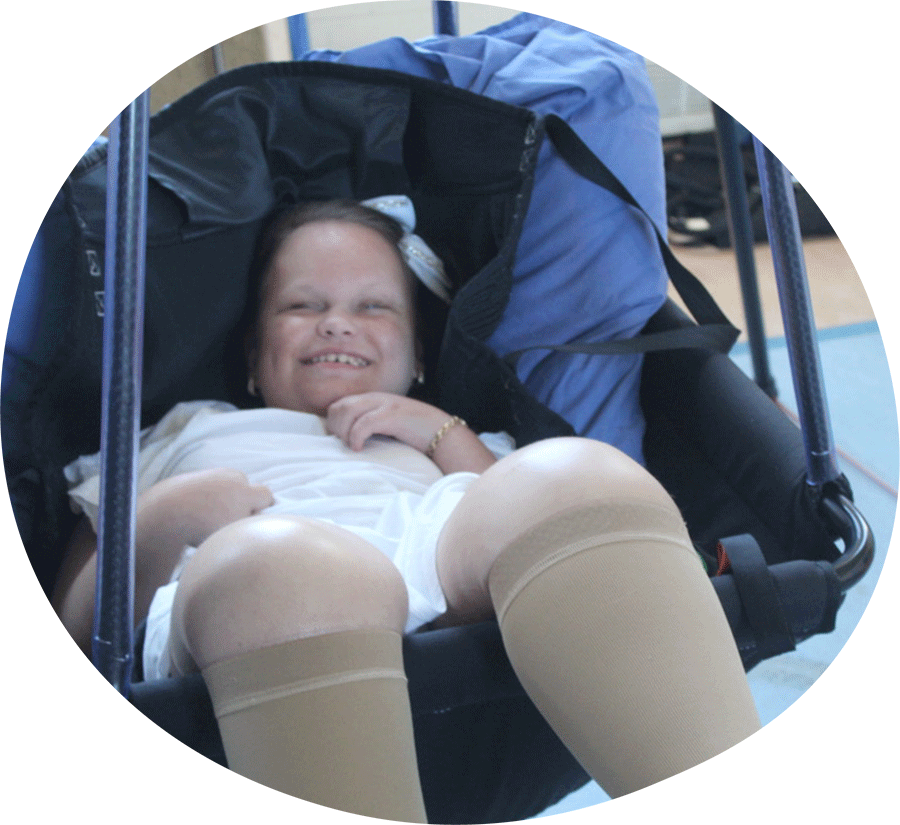
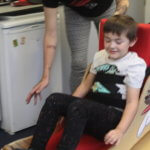
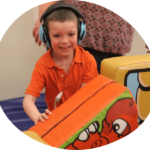
References
{4} Activity Alliance, 2020, My Active Future: Including every child
{5} Powrie, B, (2020) ‘The meaning of leisure to children and young people with significant physical disabilities: Implications for optimising participation’, British Journal of Occupational Therapy, 83 (2): pp. 67-77.
{6} Carraro, A., Gobbi, E. (2012) ‘Effects of an exercise programme on anxiety in adults with intellectual disabilities’, Research in Developmental Disabilities, 33 (4), pp. 1221-1226.
{7} Vogt, T., Schneider, S., Abeln, Vera., Anneken, V., Struder,H. (2012) ‘Exercise, mood and cognitive performance in intellectual disability- A neurophysiological approach’, Behavioural brain research, 226: pp. 473-80.
{8} Blick, RN et al. (2015) Effects of declared levels of physical activity on quality of life on individuals with intellectual disabilities. Research Developmental Disabilities, 33(4),pp. 1221-1226.



